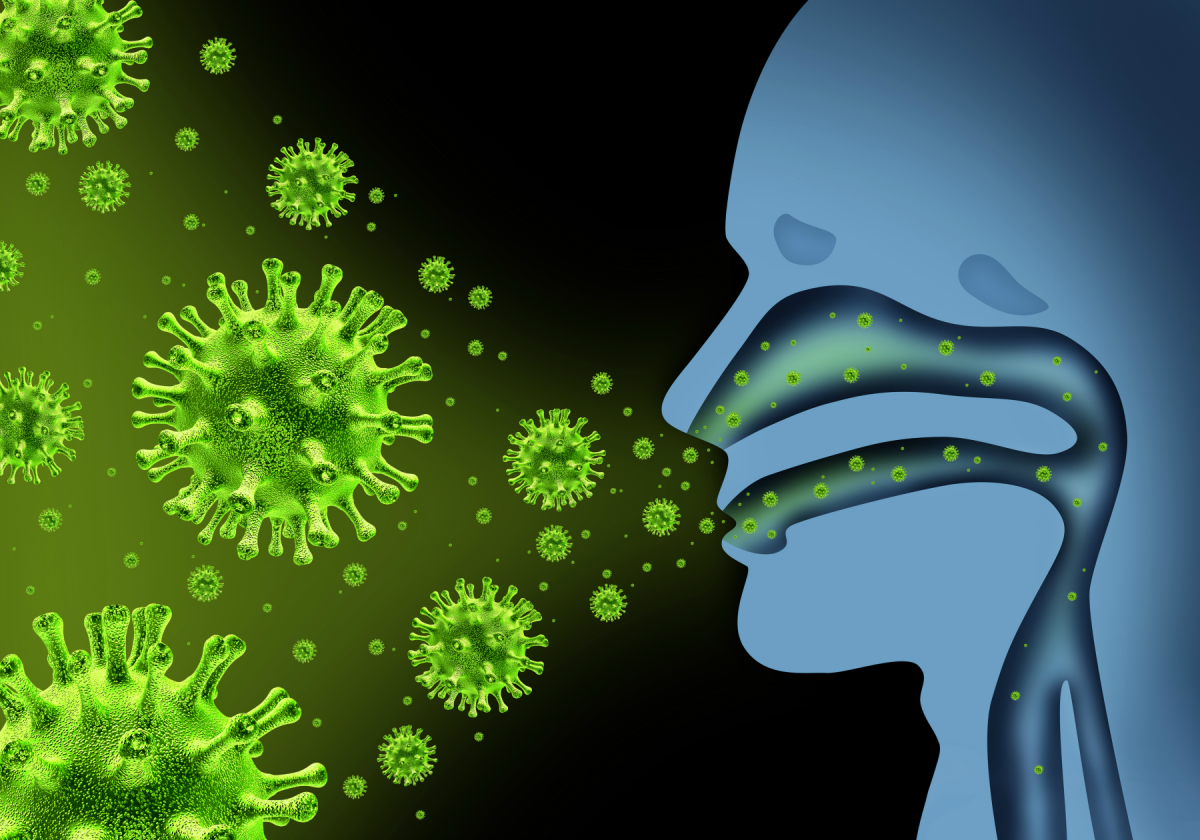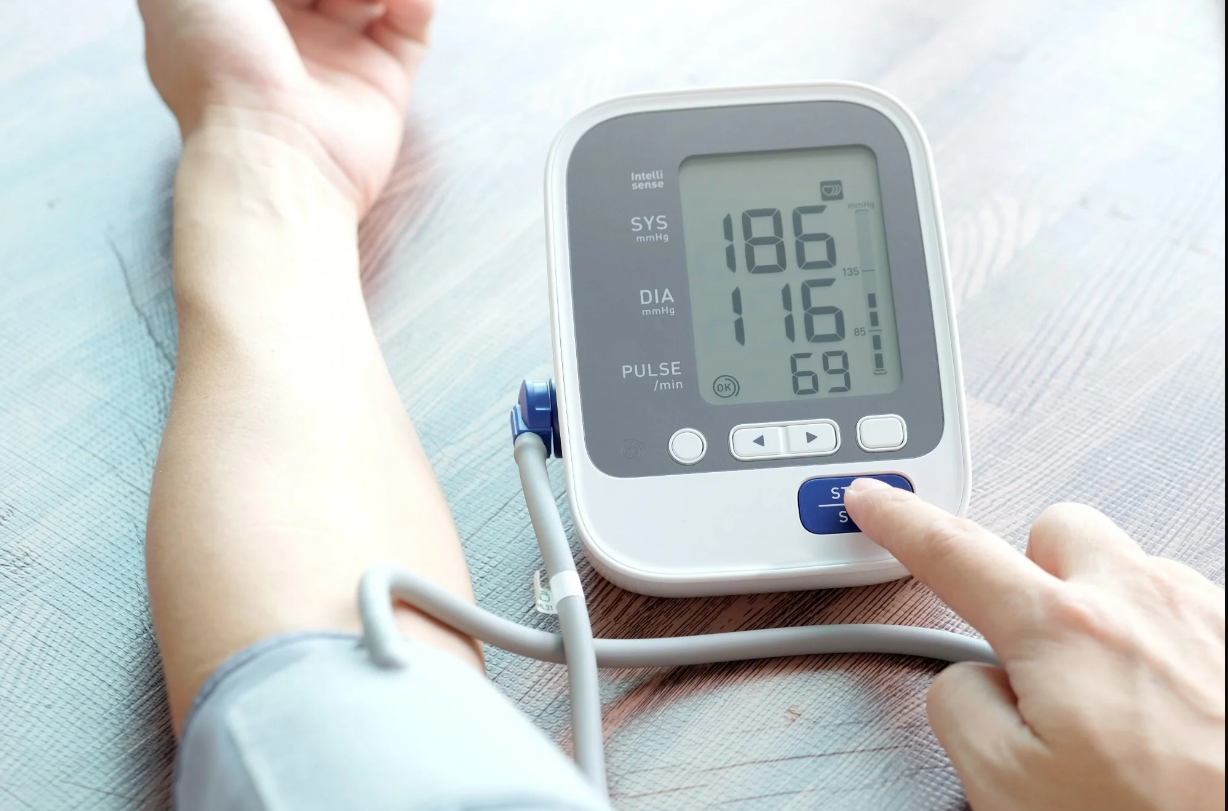1. Overview
Definition
Influenza, or flu, is a contagious respiratory illness caused by influenza viruses, affecting the nose, throat, and lungs. It can cause mild to severe illness and potentially lead to death.
Seasonality
Flu season typically runs from October to May, peaking between December and February in the Northern Hemisphere. Influenza is common worldwide and can occur year-round in tropical regions.
Prevalence
Annually, about 20 to 40 million people in the U.S. catch the flu.
Virus Types
- Influenza A: Causes seasonal epidemics; subtypes include A(H1N1) and A(H3N2), known for causing pandemics.
- Influenza B: Causes seasonal epidemics; lineages include B/Yamagata and B/Victoria.
- Influenza C: Causes mild infections; less significant for public health.
- Influenza D: Primarily affects cattle, not known to infect humans.
2. Symptoms
Common Symptoms
- Sudden onset of fever, chills
- Cough (usually dry)
- Sore throat
- Runny or stuffy nose
- Muscle or body aches
- Headaches
- Fatigue (tiredness)
- Vomiting and diarrhea (more common in children)
Symptom Duration
Symptoms typically appear 1–4 days after infection. Most people recover within a week, though cough and fatigue may last longer.
3. Complications
Potential Complications
- Pneumonia, bronchitis
- Asthma flare-ups
- Heart problems
- Ear infections
- Acute respiratory distress syndrome (ARDS)
- Secondary bacterial infections
High-Risk Groups
- Young children (especially under 5 years)
- Pregnant women
- Older adults (65+)
- Individuals with chronic medical conditions (e.g., asthma, diabetes, heart disease)
- Immunocompromised individuals (e.g., HIV/AIDS, cancer patients)
- Obese individuals (BMI > 40)
- Residents of long-term care facilities
Mortality
290,000 to 650,000 respiratory deaths annually, with 99% of deaths in children under 5 in developing countries.
4. Transmission
Modes of Transmission
- Airborne droplets from coughing, sneezing, talking
- Direct or indirect contact with contaminated surfaces
- Hand-to-face transmission
Contagion Period
- Most contagious during the first 3 days of illness.
- Contagious from one day before symptoms start up to 5-7 days after.
5. Diagnosis
Methods
- Clinical diagnosis based on symptoms
- Laboratory tests (RT-PCR, antigen detection, virus isolation)
- Rapid diagnostic tests (less sensitive than RT-PCR)
6. Treatment
General Management
- Rest and hydration
- Over-the-counter medications for symptom relief (e.g., acetaminophen, NSAIDs, decongestants, cough suppressants)
Antiviral Medications
- Oseltamivir (Tamiflu®)
- Zanamivir (Relenza®)
- Peramivir (Rapivap®)
- Baloxavir marboxil (Xofluza®)
Indications for Antivirals
- Severe symptoms or high-risk individuals
- Symptoms present for less than 48 hours
- Living with or caring for high-risk individuals
7. Prevention
Vaccination
- Most effective preventive measure; recommended annually for everyone aged 6 months and older.
- Especially important for high-risk groups (e.g., pregnant women, young children, older adults, chronic conditions, health workers).
- Types of Vaccines: Inactivated, recombinant (injections), live attenuated (nasal spray).
Hygiene Practices
- Frequent hand washing with soap and water
- Using alcohol-based hand sanitizers
- Covering mouth/nose when coughing or sneezing
- Proper disposal of tissues
- Staying home when unwell
- Avoiding close contact with sick individuals
- Avoiding touching face, eyes, nose, mouth
8. Differences Between Flu, COVID-19, and Common Cold
Flu vs. COVID-19
Both are contagious respiratory illnesses but caused by different viruses. Similar symptoms necessitate testing for accurate diagnosis.
Flu vs. Common Cold
Both are respiratory illnesses caused by different viruses. Flu symptoms are generally more severe and can lead to serious complications, unlike the common cold.
9. Epidemiology and Impact
High-Risk Groups
- Pregnant women
- Children under 5 years
- Older adults (65+)
- Individuals with chronic medical conditions
- Immunocompromised individuals
Economic Impact
High levels of worker/school absenteeism and productivity losses. Clinics and hospitals may be overwhelmed during peak illness periods.
10. WHO Response
Global Monitoring
- WHO’s Global Influenza Programme and GISRS monitor influenza viruses and activity.
- Recommendations for seasonal vaccine compositions.
- Guidance for vaccination timing and campaign strategies.
Capacity Building
- Strengthening diagnostics, antiviral susceptibility monitoring, disease surveillance, outbreak response.
- Increasing vaccine coverage among high-risk groups.
- Supporting research and development of new therapeutics and countermeasures.



